Feds add $4 billion to Gateway tunnel project, which will cut NJ's share of the cost
Nearly $4 billion in additional federal funding will be infused into the $16.1 billion Gateway tunnels project, which should significantly reduce the amount New Jersey and New York will have to cover, federal officials announced Friday.
"The fed share of Gateway is now more than 70% — this is unheard of. But this is New York and I'm the majority leader. We go big," said Sen. Chuck Schumer, D-NY, who announced the grant award with other federal, state and local dignitaries in the tunnel program's construction zone at Hudson Yards in Manhattan.
Because of this new grant money, New Jersey could end up owing less than $500 million on the tunnels project, officials said, which is well below the nearly $2.2 billion estimate reported in documents filed with the New Jersey Turnpike Authority's bondholders as recently as August.
However, the Garden State is footing the local share of the $2.3 billion Portal Bridge replacement project, as well as the financing charges, such as $180 million in interest on borrowing. The new Portal Bridge, along with the tunnels program, is part of the first phase of the Gateway program.
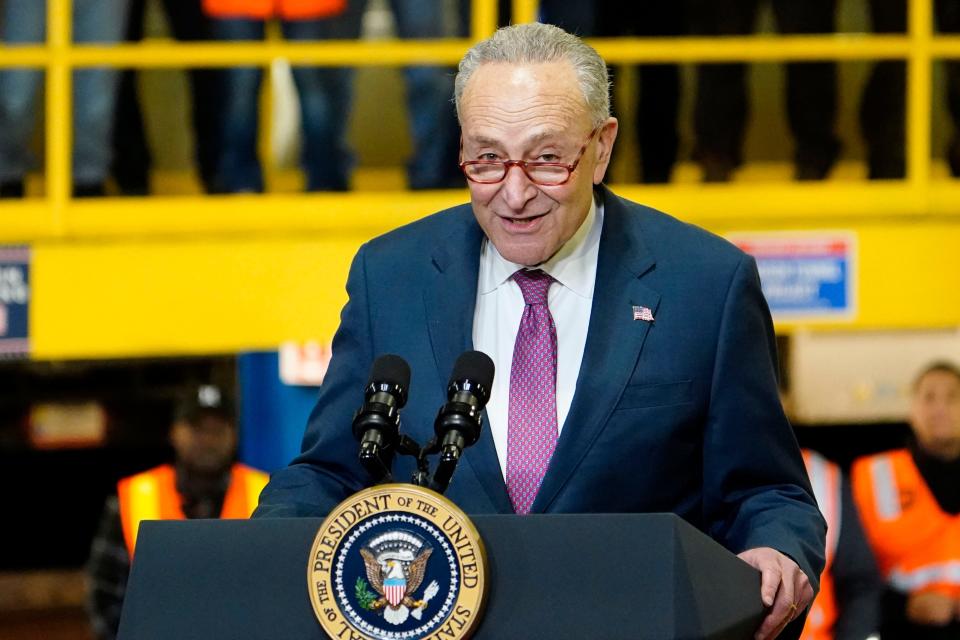
Portal Bridge received $766.5 million in federal funding through the Capital Investment Grant program and $57.1 million from the Federal Highway Administration.
New York and New Jersey have agreed to pay an equal share of Gateway's first phase. Construction on Portal Bridge, a project being overseen by NJ Transit, just wrapped up its first year of full construction.
Tony Coscia, Amtrak's board chair, said Friday's announcement is unlike the other groundbreakings, ribbon cuttings and other pomp and circumstance events that have come before for the Gateway program.
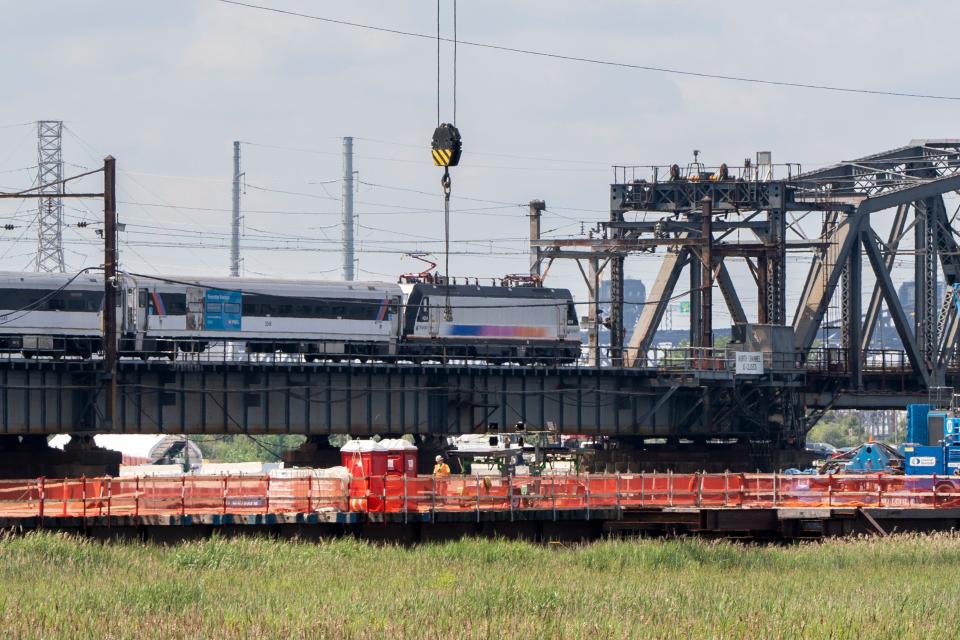
"There is something very, very different about what we’re doing here today," Coscia said. "This project is supposed to be too big, too complicated, requires too many people to get along, there are too many reasons why we just don’t do big things like this anymore.
"But today, we’re putting the shovel in the ground and doing the kind of big things that this country for years has, unfortunately, kicked the can down the road — and now we’re doing it," he said.
Still waiting on $6.88B
Last month, construction on the tunnels project — which includes two new rail tubes under the Hudson River and repairs on the two old tunnels that went into service 113 years ago this month — got underway on the New Jersey and New York sides. Friday's announcement was made at the site of the concrete casing project in Hudson Yards where one of the new tunnel entrances will be.
The new $3.9 billion federal grant for the project was won by the Gateway Development Commission, a bistate agency created to oversee the tunnels program. The GDC applied for the grant — and won the full amount they applied for — through the Federal Railroad Administration's Federal-State Partnership for Intercity Passenger Rail Grant Program, a competitive program created through the Infrastructure and Investment Jobs Act.
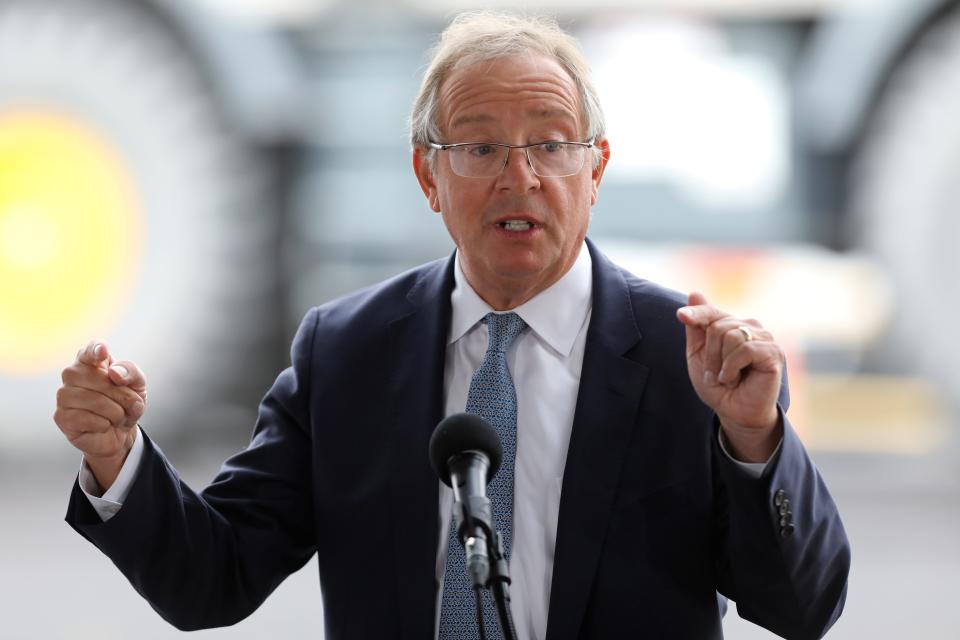
This is one of several federal grants awarded for this project, currently the largest federally-supported infrastructure program in the country. But the most significant funding source for the tunnels projects, $6.88 billion from the Federal Transit Administration's Capital Investments Grant program, is still being worked out between the GDC and FTA, with a full agreement expected in the spring.
Still, the federal money flowing to the project is a sign the U.S. Department of Transportation has confidence in the ability of the GDC to manage a project of this scale, especially given that the agency is only in its second year.
'A new era' of getting along
Getting to this point has been nothing short of challenging.
Gov. Kathy Hochul of New York said the work to get this project started has marked a "new era."
"For 30 years, Americans, travelers, businesses, workers have been hoping for this day," Hochul said. "But years of inaction, excuses, delays, and the in-fighting are finally over. For the first time, we have representatives pulling together in the same direction, and finally getting real results."
The Hudson River tunnels take trains from New Jersey into New York Penn Station, North America's busiest transit hub that before the COVID-19 pandemic saw foot traffic of around 650,000 daily, thanks to the underground convergence of trains from Amtrak, NJ Transit, Long Island Rail Road and six subways. In a few years Metro-North Trains will also be added to that diverse transportation recipe.
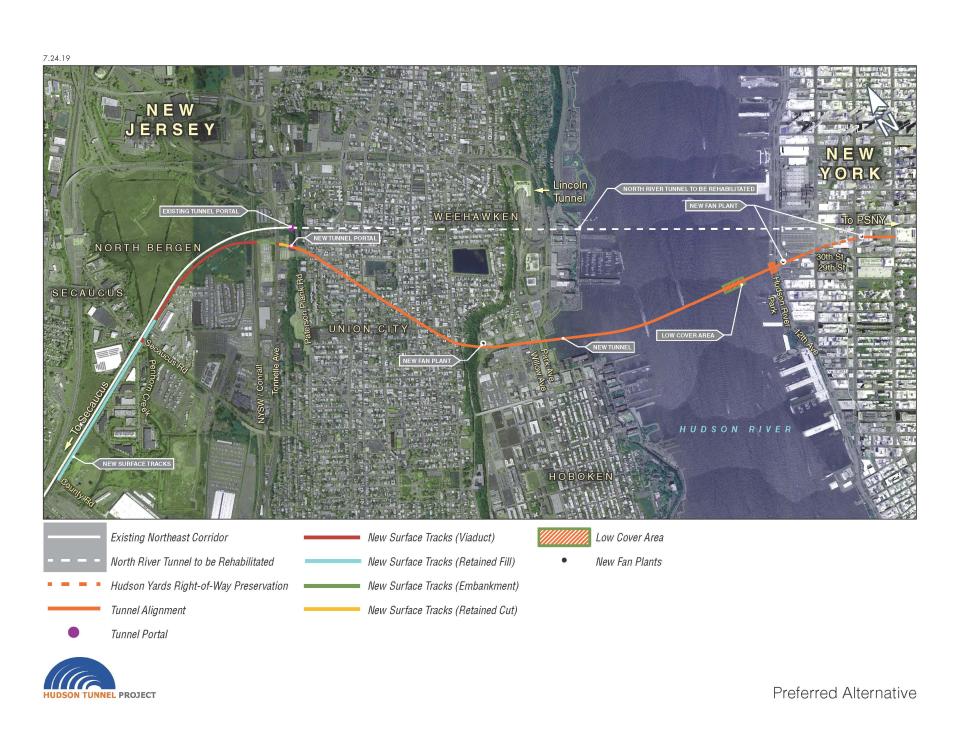
It's a staggering example of how a region can be incredibly woven together. It's also a complicated bureaucratic mix of local and federal agencies, states, city government and private enterprises — all with some say about what occurs below ground, at sidewalk level, in the air above or on the property around New York Penn Station.
Born out of the ashes of the ARC program
In 2010, the same parties had come to an agreement to build new tunnels, known as the ARC program, but it was unceremoniously canceled by former New Jersey Gov. Chris Christie.
The Gateway program was born out of the ashes of that infrastructure corpse, but idled during the Trump administration. Government cogs began turning when President Joe Biden came into office in 2020 and made infrastructure investment a cornerstone of his administration's priorities.
Even then, cooperation at the state level was another issue that required time, patience, public nudging from Schumer, and hard work behind the scenes in recent years, according to Diane Gutierrez-Scaccetti, commissioner of the Department of Transportation in New Jersey, who recently also became Gov. Phil Murphy's chief of staff.
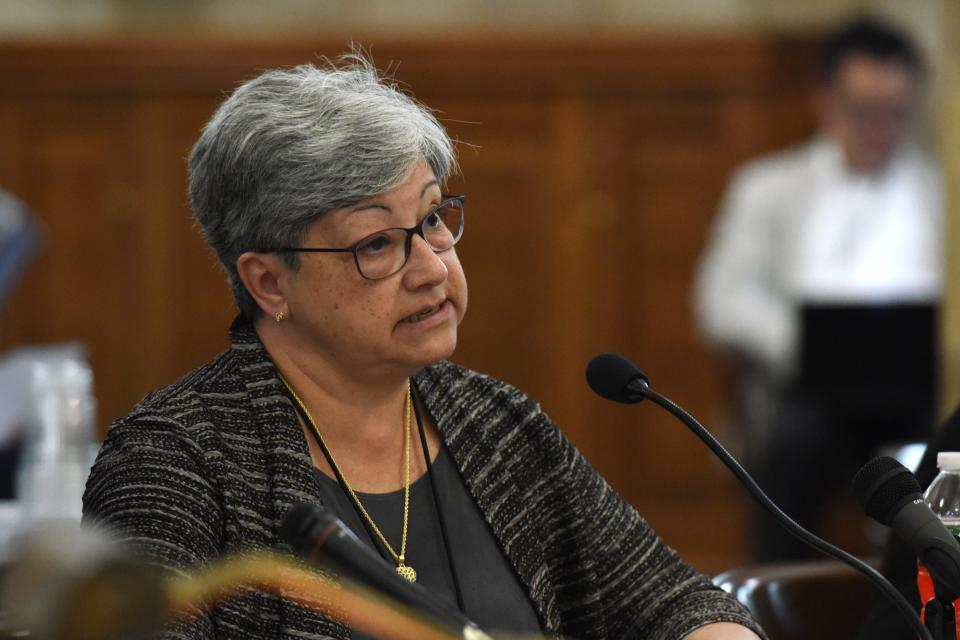
"Think back 18 months ago, when I didn’t know Kathryn Garcia," New York's state director of operations, "and she didn’t know me, but we were put in a room and asked to figure this out," Gutierrez-Scaccetti said.
"We went from not having a Gateway Development Commission, or a Phase One (memorandum of understanding) to having a fully functioning Gateway commission and a project development agreement that allows us to be where we are today," she said.
However, enthusiasm for this level of federal support for transportation budgets and projects could be waning.
A new spending bill being drafted in the U.S. House of Representatives may propose cutting some $1.58 billion in Amtrak funding and could eliminate "several programs and makes deep cuts to others, especially those that received large amounts in the Infrastructure Investment and Jobs Act," according to a summary of the bill released this week.
Opinion: New Jersey's congestion pricing fight hampers work to boost our economy
Corrosion versus time
Meanwhile, the more than century-old tunnels beneath the Hudson are showing their age.
Superstorm Sandy dumped millions of gallons of saltwater into the tubes in 2012 that accelerated corrosion, the effects of which are felt on a regular basis by commuters who face delays from signal issues and other complications.
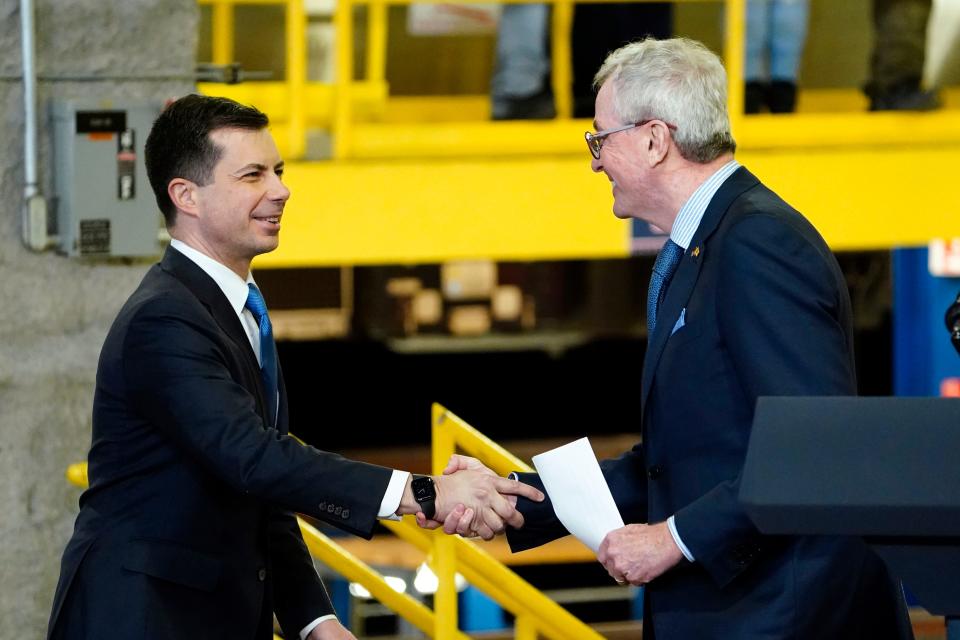
To fully reconstruct and repair the old tunnels, Amtrak and other transportation officials say the new ones need to be built so train traffic can shift there while the others are temporarily taken out of service.
Another bad storm could force Amtrak to shut down the tunnels, which could have cascading effects on the U.S. economy, officials have warned.
U.S. Department of Transportation Secretary Pete Buttigieg said he looks forward to the day when the thoughts of travelers on the Northeast Corridor are not constantly drifting to the misery of a bad commute.
"People will be riding through those tunnels, free to think about their families, their upcoming job interview, their homework assignment, whatever matters most in their lives because they no longer have to worry about those kinds of things," Buttigieg said.
This article originally appeared on NorthJersey.com: NJ share of Gateway tunnel project cost to drop, feds add $4B

